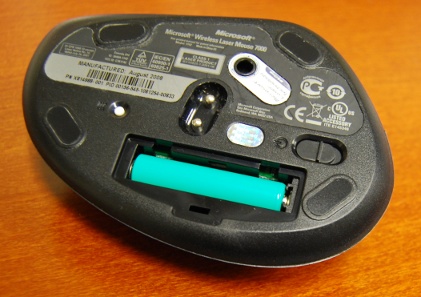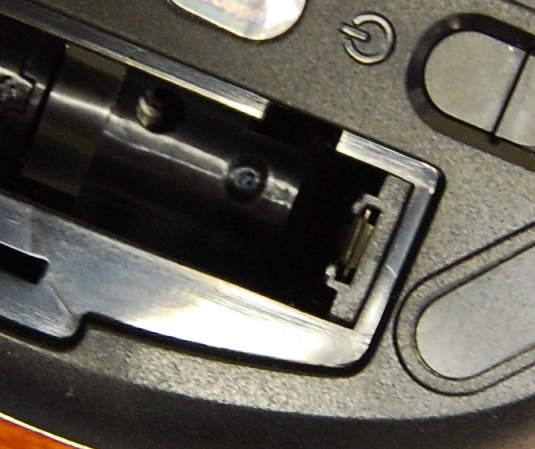Have you downloaded a PDF form that enables you to fill in the fields using Acrobat Reader? Many government forms such as federal and state tax return documents have this feature. Have you ever filled one in only to find that you can’t save all of the data you just typed in? That’s got to be one of the worst “features”, ever. What’s the point of being able to save the file without the data? Here’s a workaround.
The next time you see a PDF form that shows a message such as,
“You cannot save data typed into this form. Please print your completed form if you would like a copy for your records.”
do the following:
- Install a PDF printing tool such as the one included with the full Adobe Acrobat package or a free one such as PDFCreator.
- Fill in the PDF form as you normally would
- When you’re done with the form, print it
- Rather than using your default printer, select the one from the PDF tool you installed in step #1
Voila! Now you’ll have a PDF of the filled-in form to save for your records.




